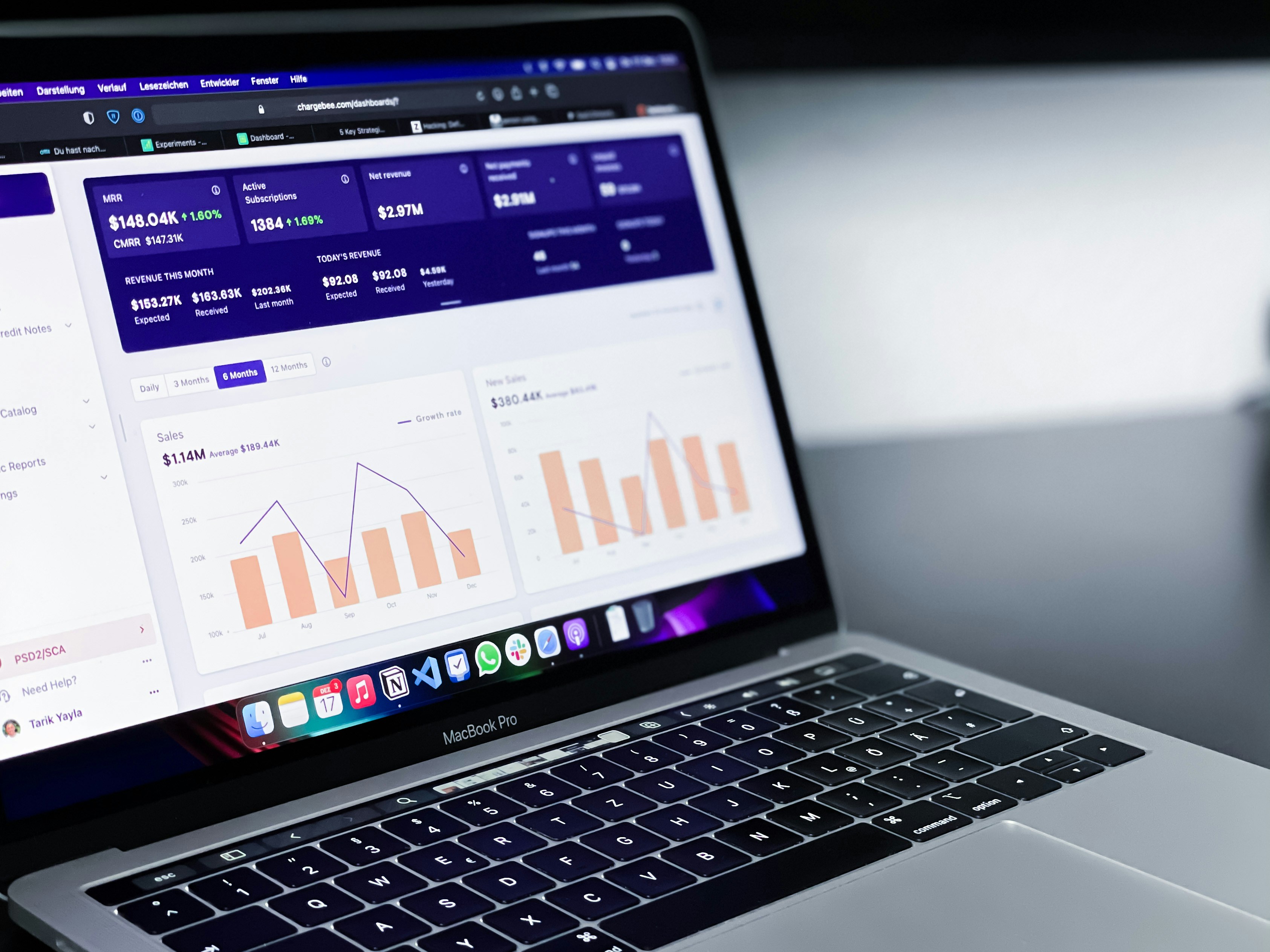SaaS Development Explained: How to Create a Scalable and Profitable Product

Strong 8k brings an ultra-HD IPTV experience to your living room and your pocket.
Have you ever wondered why more businesses are shifting to cloud-based software instead of traditional on-premise solutions? The Software-as-a-Service (SaaS) model has revolutionized the way companies deliver and use software, offering cost efficiency, scalability, and global accessibility. As the demand for flexible, subscription-based solutions continues to grow, SaaS products have become an integral part of modern business operations.
Overview of the SaaS Market Growth and Advantages
The SaaS industry has witnessed exponential growth over the past decade. According to a report by Fortune Business Insights, the global SaaS market is expected to increase from USD 315.68 billion in 2025 to USD 1,131.52 billion by 2032. Businesses of all sizes, from startups to enterprises, are leveraging SaaS applications to streamline operations, reduce costs, and enhance productivity. With the ability to access software from anywhere, companies can work more efficiently and adapt to changing market demands.
What is a SaaS Product?
SaaS, or Software-as-a-Service, is a cloud-based software distribution model where applications are hosted by a service provider and accessed over the Internet. Unlike traditional software that requires installation and maintenance on individual devices, SaaS products are available on a subscription basis, allowing users to access them via web browsers.
For users, SaaS products eliminate the need for complex installations, offering instant access with minimal hardware requirements. Businesses benefit from reduced IT infrastructure costs, automatic updates, and improved security measures. SaaS solutions also facilitate collaboration, as teams can work seamlessly from different locations without compatibility issues.
Companies looking to develop customized SaaS products may rely on SaaS development services to build solutions suited to their unique business requirements.
Key Benefits of SaaS
SaaS offers numerous advantages that make it an attractive choice for businesses and users alike. From cost savings to scalability, these benefits contribute to its widespread adoption.
Recurring Revenue
One of the biggest advantages of SaaS for businesses is its subscription-based model, which ensures a steady stream of recurring revenue. This predictable income allows companies to scale operations, invest in innovation, and improve customer support.
Reduced Upfront Costs
Traditional software often requires significant upfront investment in licensing, hardware, and maintenance. SaaS solutions eliminate these expenses, offering cost-effective pricing models that fit businesses of all sizes. Customers can start using software without large capital expenditures, making it more accessible.
On-Demand Scalability
SaaS applications are highly scalable, allowing businesses to adjust resources based on demand. Whether a company needs to add users, integrate new features, or expand to new markets, SaaS platforms can accommodate growth without requiring additional infrastructure.
Global Accessibility
SaaS products enable users to access applications from anywhere in the world with an internet connection. This flexibility is crucial for remote teams and global businesses, ensuring seamless operations across different time zones and locations.
Automatic Updates
With SaaS, software updates and maintenance are handled by the service provider. Businesses no longer need to worry about manual upgrades, bug fixes, or security patches. Automatic updates ensure that users always have access to the latest features and improvements.
Enhanced Security
Data security is a top priority for SaaS providers. These platforms implement robust encryption, multi-factor authentication, and compliance measures to protect sensitive information. Many SaaS providers also offer data backup and disaster recovery solutions, ensuring business continuity.
Types of SaaS Applications
SaaS applications cater to a wide range of industries and business needs. Some of the most common types include:
- Customer Relationship Management (CRM) – Salesforce, HubSpot
- Enterprise Resource Planning (ERP) – NetSuite, SAP Business One
- Project Management – Asana, Trello
- Collaboration & Communication – Slack, Zoom
- E-commerce Platforms – Shopify, BigCommerce
- Marketing Automation – Mailchimp, Marketo
- Finance & Accounting – QuickBooks Online, Xero
Steps to Building a SaaS Product
Building a successful SaaS product involves multiple stages, from initial planning to ongoing improvements. Here are the key steps:
1. Define Your Vision and Goals
Before diving into development, clearly define the purpose of your product. What problem will it solve? Who is your target audience? Establish your long-term goals to align the team and resources effectively.
2. Choose the Right Tech Stack
The technology stack you select will impact your product’s performance and scalability. Here are common choices:
- Frontend: React, Vue.js, Angular
- Backend: Node.js, Ruby on Rails, Python (Django/Flask)
- Database: PostgreSQL, MongoDB, MySQL
- Cloud Hosting: AWS, Google Cloud, Microsoft Azure
Make sure your tech stack is scalable and fits your product’s unique requirements.
3. Conduct Market Research
Understand your target audience, their needs, and your competitors. This research will help you identify what features are most important and ensure your product stands out in the market.
4. Create a Product Roadmap
Develop a clear product roadmap to guide your development. The roadmap should outline:
- MVP (Minimum Viable Product): Focus on essential features to test the market.
- Iterative Development: Plan for continuous feedback and improvements based on user experience and analytics.
5. Build and Test the MVP
Develop your MVP, focusing on the core features that validate your product's value proposition. Launch it to a small group of users to gather insights and iterate quickly.
6. Launch and Market Your SaaS Product
Once your MVP is ready and tested, prepare for a broader launch. Create a marketing strategy to promote your product, build brand awareness, and drive traffic to your platform.
7. Continuous Improvement and Scaling
After the launch, continuously improve the product based on user feedback and performance data. Scale the infrastructure to handle growth and consider expanding your feature set over time.
Conclusion
The SaaS model continues to reshape the software industry, offering businesses a cost-effective, scalable, and secure way to access digital solutions. As the market grows, businesses investing in SaaS development services delivered by companies like Relevant Software can create innovative products that cater to evolving business needs.
Key takeaways:
- SaaS offers recurring revenue, reduced costs, and global accessibility, making it a preferred model for businesses.
- Security, scalability, and automatic updates provide a seamless experience for users.
- Developing a SaaS product requires strategic planning, from selecting the right tech stack to creating a roadmap for long-term success.
- With cloud adoption on the rise, now is the perfect time to explore SaaS development opportunities and build a product that meets the demands of the digital age.
Note: IndiBlogHub features both user-submitted and editorial content. We do not verify third-party contributions. Read our Disclaimer and Privacy Policyfor details.







